Category: Climate Change
-
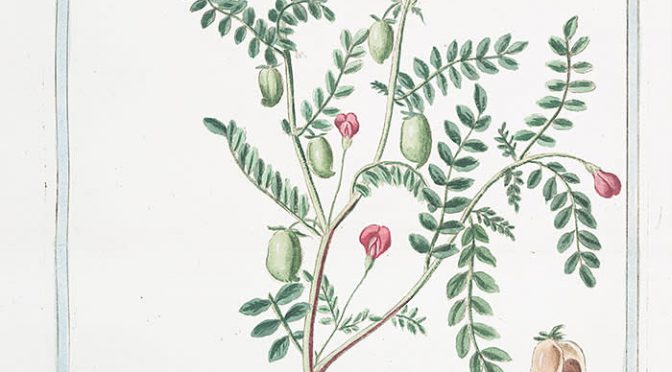
Will Climate Change Doom Hummus?
In the face of climate change, however, today’s chickpea looks fragile. When subjected to new heat stress in certain regions of India, for example, some chickpea cultivars fail to set seeds, effectively making them sterile. In 2018, there was an international shortage, partly due to several years of drought in India, which produces about 60…
-
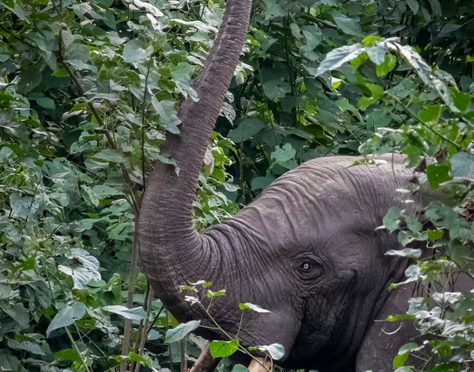
Forest Elephants, Trees, Climate Change And Extinction: We Are Failing Our Friends
Across central Africa, the “elephant-effect” enhances aboveground carbon stocks by 3 billion tonnes. Indirectly, elephants contribute to reduce atmospheric CO2, and help us combat global warming. However, the collapse of forest elephant populations, mainly caused by ivory poaching, is depriving us of a formidable ecosystem engineer, which is also important for distributing nutrients and planting…
-
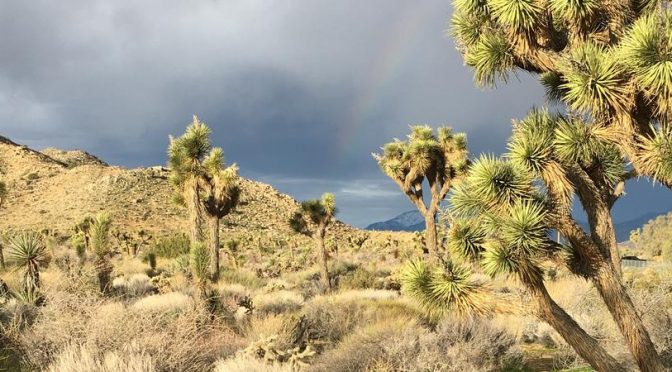
The Iconic Joshua Trees May Not Survive This Century
Joshua trees as a species have existed since the Pleistocene era, about 2.5 million years ago, and individual trees can live up to 300 years. One of the ways adult trees survive so long is by storing large reserves of water to weather droughts. Younger trees and seedlings aren’t capable of holding reserves in this…
-
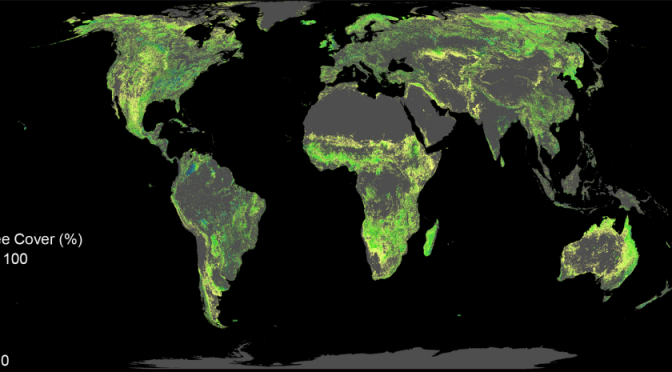
How Tree Planting Could Save Us All From Our Own Climate Change Mess
This means that there is currently an area of the size of the US available for tree restoration. Once mature, these new forests could store 205 billion tonnes of carbon: about two thirds of the 300 billion tonnes of carbon that has been released into the atmosphere as a result of human activity since the…
-
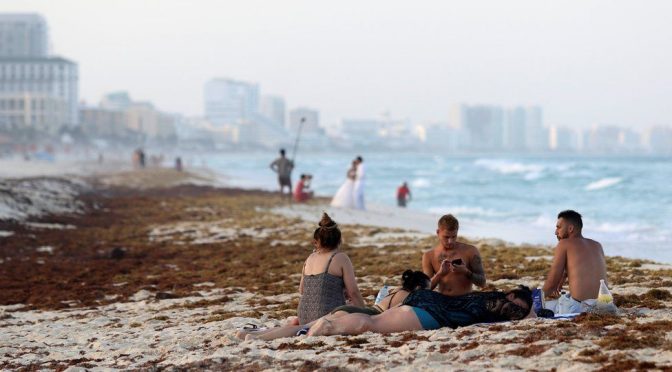
Climate Change And Seaweed Ruining Mexico’s Hottest Vacation Beaches
In a long-running issue attributed by many researchers to climate change, sargassum has covered the popular white sandbanks, turning the pristine waters brown and leaving a strong odour as it decomposes, alarming residents, businesses and, obviously, tourists. (Click on title for full story)
-
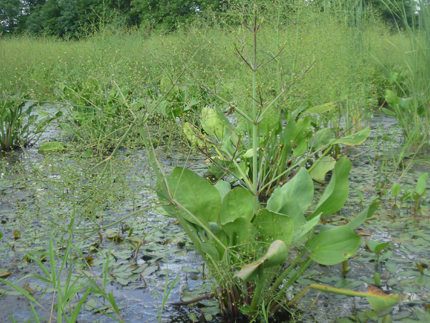
Methane From Wetlands Feeds Climate Change. Can Wetlands Be Redesigned?
Understanding the conditions under which methane is produced and released in wetlands could lead to solutions to reduce methane emissions,” (Click on title for full story.)
-
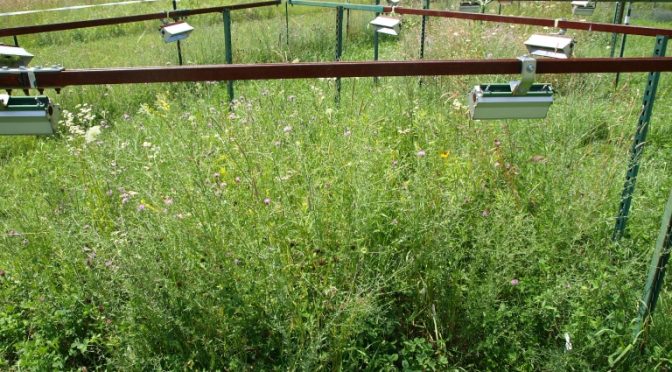
Climate Change Favors Non-Native Plants
The findings suggest important differences in how native and non-native plant species’ respond to climate change. Because other studies have shown that species which failed to shift their flowering times over the past century were more likely to decline in abundance or go extinct, native species may be more susceptible to climate change than non-natives…
-
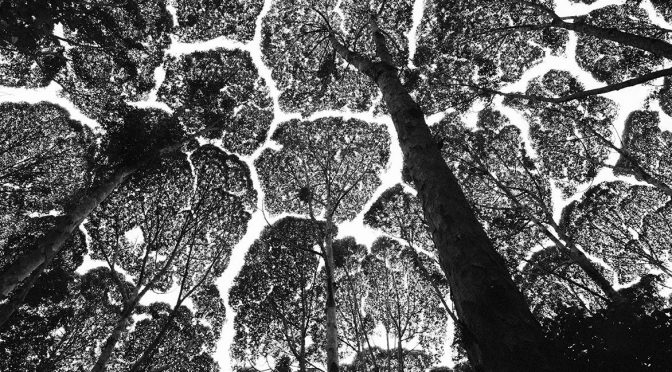
Forests Against Climate Change: The Results May Be Mixed
“What we were really surprised about was the magnitude at which these trees are emitting methane,” (Click on title for full story.)
-
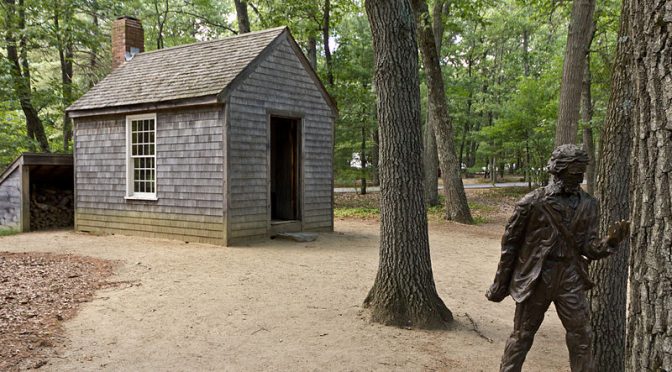
Using Thoreau To Predict Climate Change Effects On Woodland Wildflowers
The combined analysis shows that wildflowers and trees differ in the way their leaf-out patterns respond to climate change, and those differences could already be hindering wildflower abundance and flowering, with greater effects in coming years. As the climate warms, the window of time between wildflower emergence and tree leaf-out will likely shorten further, leaving…
-
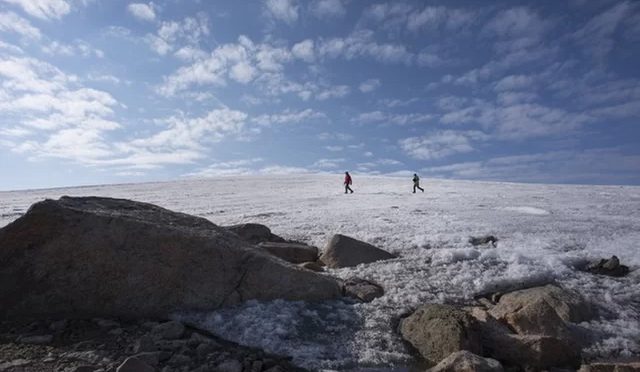
Retreating Glaciers Reveal Long Buried Plant Communities
The retreat of Arctic glaciers is exposing landscapes that haven’t seen the sun for nearly 120,000 years. (Click on title for full story.)
